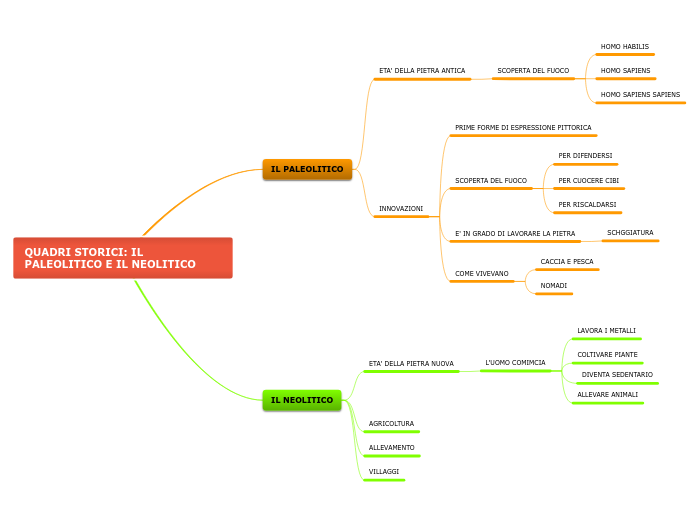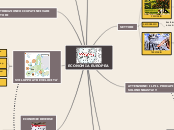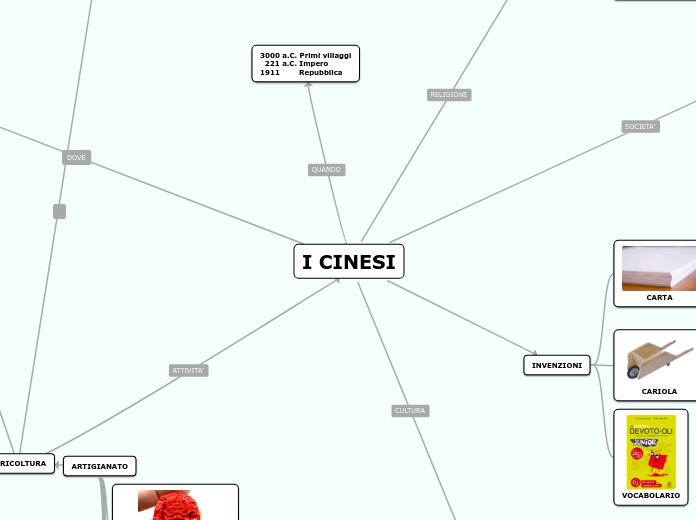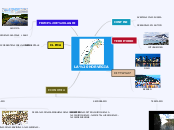QUADRI STORICI: IL PALEOLITICO E IL NEOLITICO
To name your story, you have to think about the overall message and what you want your audience to understand from the story. Also, make it relevant and easy to remember.
IL NEOLITICO
The middle of the story is where you add layers of complications that will lead to the end. Reveal more about the character's journey. Did their personality go through changes? How did they overcome the challenges? And as you build up the story’s central conflict, make it more personal to that character. Also, from the middle act, you have to lead into the final act.
VILLAGGI
There wouldn't be any tension and excitement in your story if there weren't any obstacles in your character's way.
ALLEVAMENTO
AGRICOLTURA
Your character(s) need(s) motivation in order to solve the challenge(s).
ETA' DELLA PIETRA NUOVA
Each story has a main character and that character usually needs to solve a problem or challenge. The character's challenge is the one that creates tension throughout the story.
L'UOMO COMIMCIA
In most stories, there are 3 challenges. The number 3 is a mystical number symbolizing completeness. Try to come up with interesting challenges with which your character needs to struggle.
See a few examples below:
- turns into a werewolf at night
- is sent back in time
ALLEVARE ANIMALI
DIVENTA SEDENTARIO
COLTIVARE PIANTE
LAVORA I METALLI
IL PALEOLITICO
In the beginning of the story (or the exposition), you will need to introduce the setting and characters. You might also want to introduce the main conflict. This part of the story is important because it gives the reader necessary background information and maybe even a first insight into a character’s personality.
INNOVAZIONI
The setting (time & place) of a story can change throughout the plot.
COME VIVEVANO
Sensory details include sight, sound, touch, smell, and taste. These details are important because they create depth in your setting.
See a few examples below:
- the smell of fresh bread
- the scent of freshly cut grass
- rain falling onto the windshield etc.
NOMADI
CACCIA E PESCA
E' IN GRADO DI LAVORARE LA PIETRA
The weather is an important element in your story because it can highly influence the ambiance and the mood of the characters.
SCHGGIATURA
Decide if you want to include an element of nature in your story. For example, a rainbow can be a very nice choice for a happy ending. The mist in a story can represent mystery and secrets. A thunder can appear in the background at the moment when the 'bad guy' of the story makes its appearance, etc.
The time of the story can also change. It can describe the event of a single day or can include an entire year's plot. Anyway, don't forget to mention it.
PER RISCALDARSI
PER CUOCERE CIBI
PER DIFENDERSI
PRIME FORME DI ESPRESSIONE PITTORICA
Your story can take place wherever your imagination will take you to.
For example: in an elevator, in an enchanted forest, etc. Don't forget to give details of the environment each time the setting changes, otherwise, the story can be confusing. Also, mention the seasons as each of them has unique weather and events.
ETA' DELLA PIETRA ANTICA
Characters are essential to a good story. Usually, the protagonist(s) is/are the most affected by the plot. Introduce a character by focusing on their actions, interests, and occupation, as the physical appearance doesn't make a difference in most cases.
SCOPERTA DEL FUOCO
Type in the name of your character.
HOMO SAPIENS SAPIENS
What is your character's main goal?
fight Evilfind lovedefeat his/her enemyrule the worldmake friendstime travelmake an awesome discoveryOther
HOMO SAPIENS
Which traits best describe the character's personality? Choose more if necessary:
introvertedloyalkindindependentquick-thinkingadventuresomeidealisticsweet-naturedcalmrisk-takercreativewittystrictfussyweirdclumsyharshaggressivecarelessclingingcowardlycrueldeceitfulimpulsiveOther
HOMO HABILIS
Choose the type of your chacter:
Protagonist (main character)Antagonist (main character's opponent)Flat (stereotypical character)Round (his/ her personality develops throughout the story)Static (doesn't evolve as a person throughout the story)Dynamic (dramatical change in personality)Confidant (the main character trusts him/ her)Foil (contrasting character who enhances the personality of another character)Other










